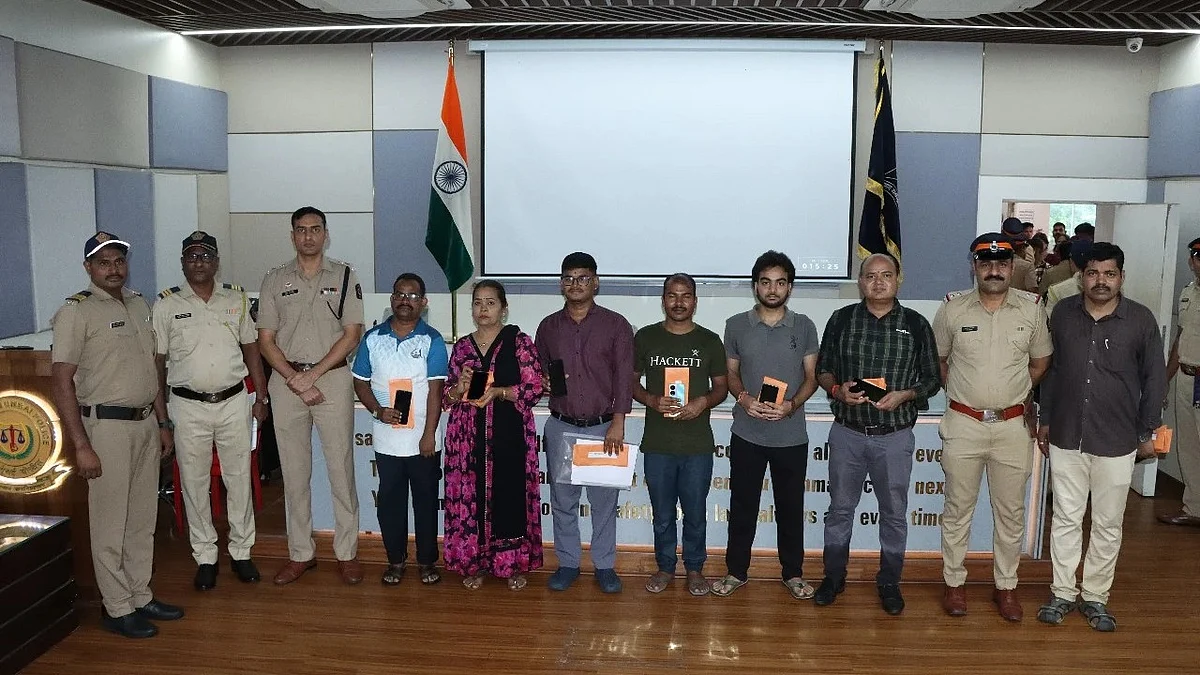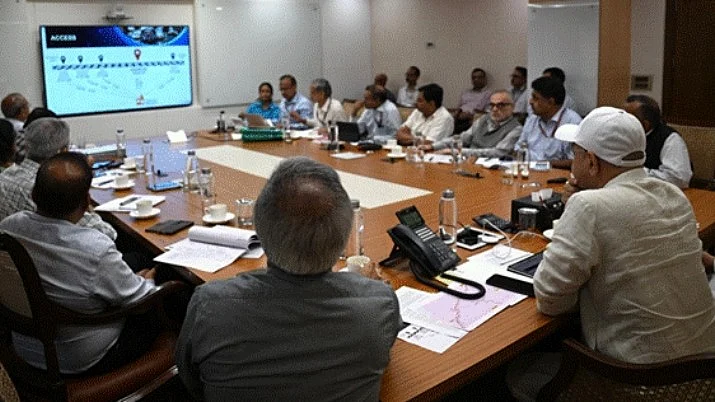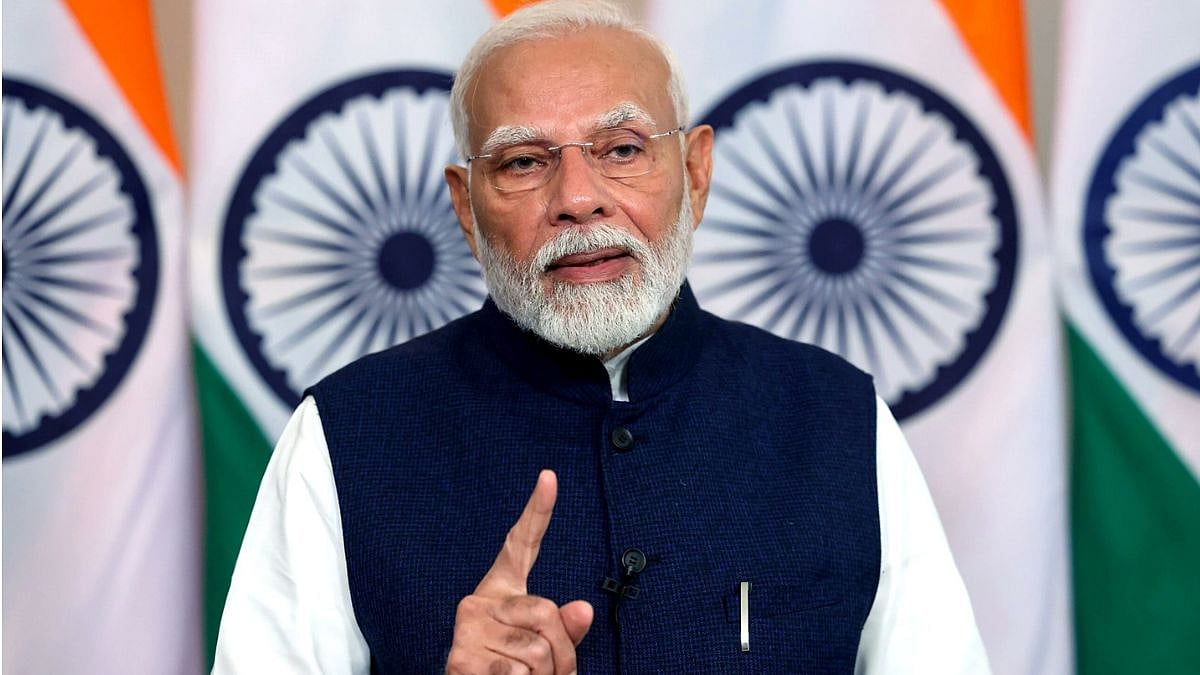Ancient texts the world over ascribe floods to the wrath of the gods. It rings true even in this era of spaceflights and cloud computing. How otherwise does one explain the havoc wrought by just two days of unseasonal rain in states as disparate as Kerala and Uttarakhand? Flash floods are in fact a global phenomenon; Nature’s mild warning for our greed and arrogance.
So let us try and understand where we have gone wrong. Simply said, our planet is warming up too fast; the current global average temperature is 0.85° C higher than it was in the late 19th century, mainly because of carbon dioxide released from the burning of oil, gas, and coal. Now, CO2 acts like the glass in a greenhouse; trapping the sun’s heat and stopping it from leaking back into space. As the earth’s atmosphere heats up, it collects, retains and drops more water, changing weather patterns.
Erratic rainfall events
The increasing number of erratic rainfall events in India are in line with the predictions made by the UN’s Intergovernmental Panel on Climate Change (IPCC), which has been providing global-scale assessments of the earth’s climate every five to seven years since 1988, focusing on changes in temperature and ice cover, greenhouse gas emissions, and sea levels across the planet.
Last year, the IPCC predicted that India would see even further acceleration in the recession of the glaciers and snowcaps in the Himalayas across the 21st century. As temperatures increase, glaciers will melt and shrink and the area covered with snow will decrease significantly. At the same time, rainfall is expected to intensify across the Himalayan region. Noted Indian glaciologist D P Dobhal says that over the last 50 years, the snowline has gone up from 4,800 metres to 5,200 metres. Also, the average temperature in the Himalayas has risen by 0.3 to 0.6° C over the last century.
Likewise, Roxy Koll, a climate scientist with the Indian Institute of Tropical Meteorology, Pune, says that the temperature over the Arabian Sea has increased by 1.2 to 1.4° C in the last two decades. Due to this, the sea level is rising and Mumbai, Kolkata, Chennai and Surat face the threat of submergence by 2050, according to a study last year by Climate Central, a US non-profit news organisation comprising scientists and journalists.
Cloudbursts and climate change
However, accepting the reality of climate change, global warming, melting polar caps, shrinking glaciers, rising sea levels is expecting too much from our politicians who have not yet acknowledged the exodus of migrant labour, the oxygen shortage or Lakhimpur Kheri. Their attitude is typified by PM Narendra Modi, who once dismissed climate change as something imaginary.
The Central government says that it has found no direct link between climate change and cloudbursts. Minister of State for Environment, Forests and Climate Change Ashwini Kumar Choubey told the Rajya Sabha in a written reply on August 2 this year that “there is no established study in India for estimating the quantified contribution of climate change in triggering cloudbursts”.
Perhaps this is why our weather forecasting systems are not precise. And thanks to the ‘whether’ bureaus we are never ready for the first heavy showers. Mumbai’s Doppler radar – which detects cloud formation, rain and thunderstorms – was out of order throughout this monsoon. This, in a city where over 400 perished on July 26, 2005, in a deluge caused by the heaviest rainfall witnessed in a century. This also explains our lackadaisical attitude to environmental issues. See how we have diluted the Coastal Regulation Zone laws and are now tampering with the buffer zone around forests. We learn no lessons. And nothing’s sacrosanct.
IMD on climate crisis
Whatever the minister says, the IMD and the Indian Institute of Tropical Meteorology attribute the increasing incidents of heavy rainfall in short spells to the climate crisis. In the last three years, Kerala has seen at least four flash floods, of which the 2018 floods were the worst, claiming around 400 lives. According to the IMD, Uttarakhand has reported over 7,750 extreme rainfall events and cloudbursts since 2015 – most of them in the last three years.
When dense rain clouds run into a mountain range, as in Uttarakhand and Kerala, it results in higher precipitation and quicker funnelling of water downstream, creating flash floods. To make it worse, we are indiscriminately quarrying hills, destabilising slopes by cutting hills for roads, building hydel power projects in fragile Himalayan valleys and stripping rivers of sand. The Char Dham National Highway linking Rishikesh to Mana is in full swing despite being flagged off by environmentalists as a Himalayan blunder.
In Maharashtra, floods this July caused so much damage mainly because the previous government did away with the river regulation policy forbidding construction along the banks. The Western Ghats, running from Maharashtra to Kerala, are one of the world’s ten biodiversity hotspots – just this month five species of freshwater crabs were discovered there – but we want to set up thermal and nuclear power plants, refineries, chemical zones, open cast mines and what not in this ecologically fragile strip.
'Flood and Fury'
In his prophetic book, ‘Flood and Fury’, journalist Viju B has detailed the ecological devastation of the Western Ghats. The once-in-a-century explanation of the Kerala government for the 2018 floods, he says, was washed away the very next year when 76 people were killed in Wayanad and Malappuram.
The Uttarakhand and Kerala flash floods toll touched 100 but since most of us don’t experience the impact directly it is difficult to fully comprehend the consequences of the climate crisis. Hence, the Mila-Quebec Artificial Intelligence Institute has developed a tool that makes it possible to visualise the effects of floods, wildfires and smog anywhere in the world. For instance, based on the rate of the sea-level rise off the coast of Mumbai – 1.7 mm per year – it can show you how Nariman Point will look after 30 years. If only our politicians had heard about it.
What we can do
But what each one of us can do is to focus on the green mantra, ‘Think global, act local’. We can make our neighbourhood more liveable. Take inspiration from Gaura Devi and the other village women of the ‘Chipko andolan’, who hugged trees in Uttarakhand to save them from the timber mafia.
Emulate teenager Aditya Mukarji, who convinced over 150 restaurants, hotels and institutions in Gurugram to go plastic-free in 2018. Learn from the morning walkers at Mumbai’s Sanjay Gandhi national park who banded together in 2011 to clean the four rivers that flow out of the park. Over the years, their River March movement has become a pilgrimage for nature enthusiasts.
Only when citizens act will climate change get any traction. Otherwise, the media will be obsessed with Aryan Khan, with the furore over the use of Urdu in a Diwali ad by Fabindia and with human rights being ‘misused’ to defame India. Mumbai-2005 is history and Kedarnath-2013, Chennai-2015 and even Chiplun-2021 are distant memories; acts of God, not the avarice of man.
The writer is an independent journalist based in Mumbai. He welcomes feedback on anilsinghjournalist@gmail.com










